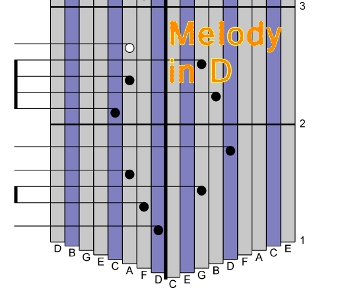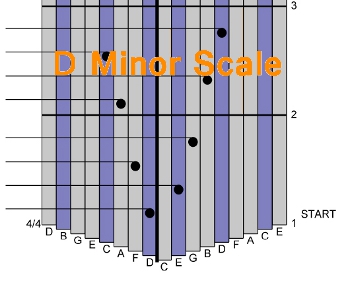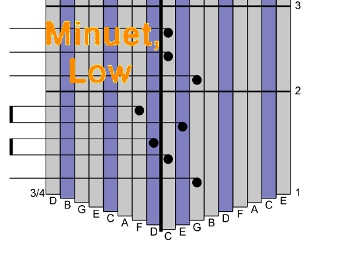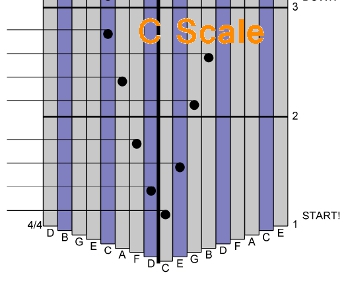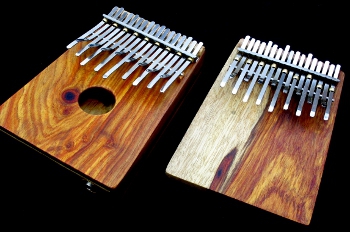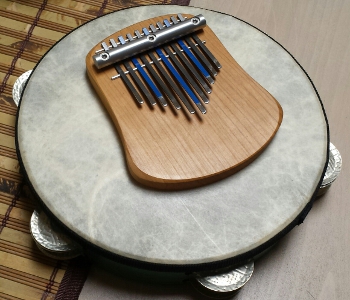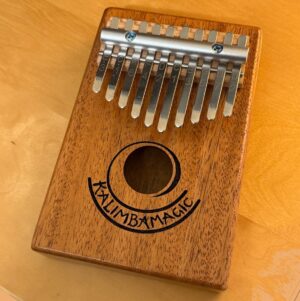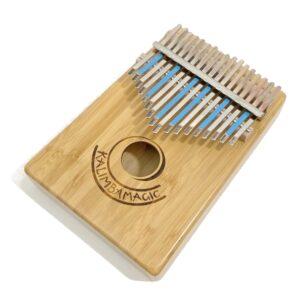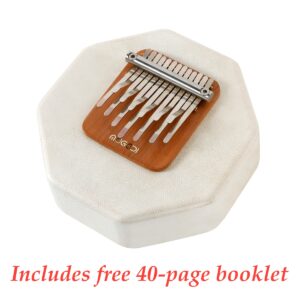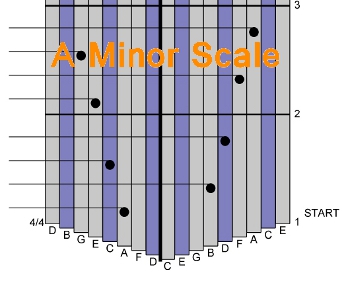
Little Bits of Music – Playing Scales 5
Here is the A Minor Scale A Box Lotus and a Regular Lotus Karimba This series of tips is about scales and how useful they are for the kalimba player. We have already learned that different scales can be made by playing eight tonally consecutive notes on the kalimba, zigzagging our way back and forth over the instrument. We have played the D minor scale, made by starting on D, and going to E, F, G, A, B, C, and ending on D. We can get a slightly different minor scale by doing the same procedure, but starting on A, B, C, D, E, F, G, A. (By the
